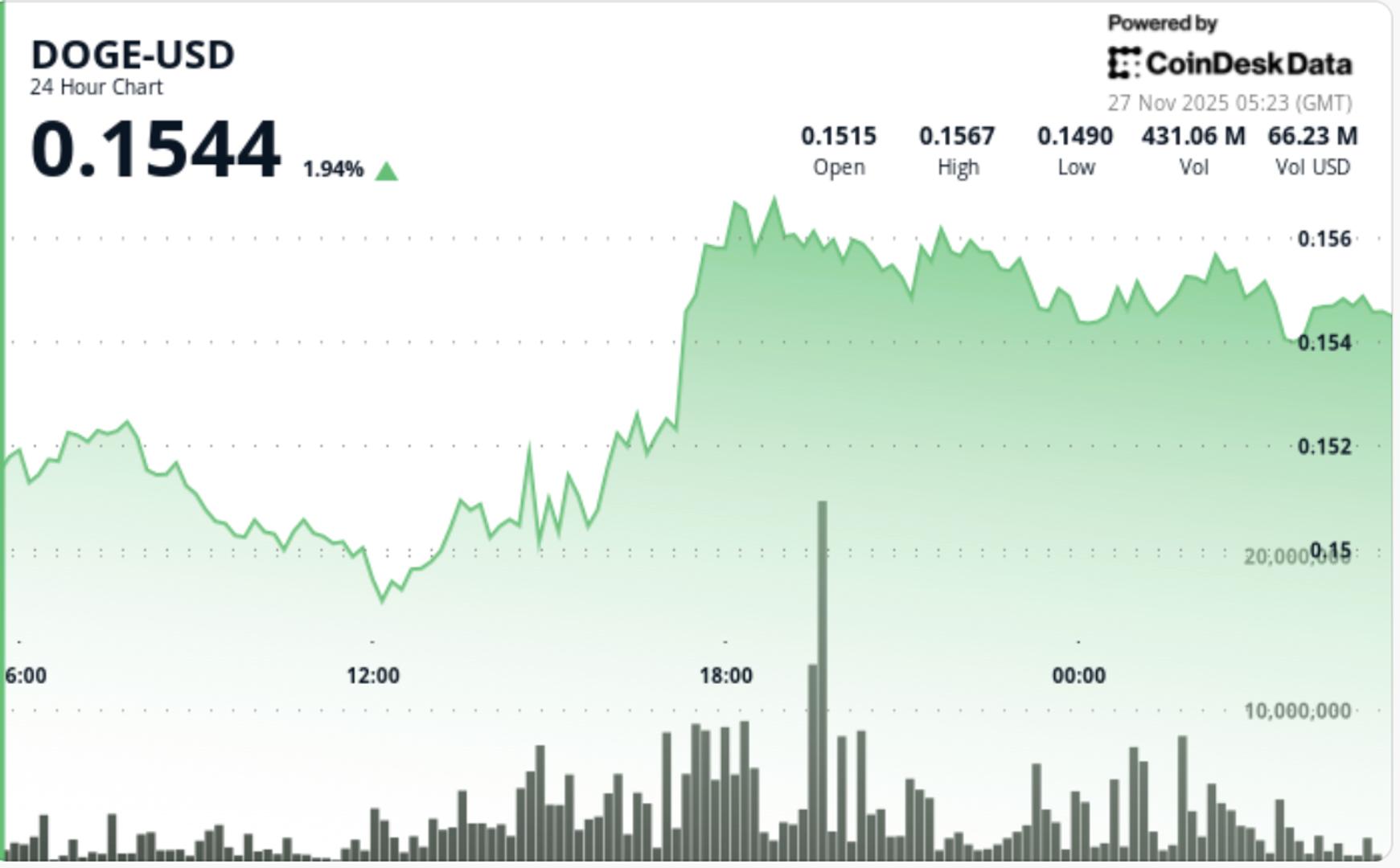Good Morning, Asia. Here's what's making news in the markets:
Welcome to Asia Morning Briefing, a daily summary of top stories during U.S. hours and an overview of market moves and analysis. For a detailed overview of U.S. markets, see CoinDesk's Crypto Daybook Americas.
China’s growing focus on stablecoins is less about embracing crypto and more about defending its currency from U.S. dollar dominance, says Dr. Vera Yuen of Hong Kong University's Business School, who argues the shift highlights offshore opportunities but also deep domestic limits.
Beijing's shift comes as Washington moved first to create a regulatory framework for the stablecoin industry in the U.S. Reuters recently reported that China's State Council is reviewing a roadmap for yuan-backed stablecoins later this month, with Hong Kong and Shanghai expected to fast-track adoption.
In an earlier interview, Animoca Group president Evan Auyang told CoinDesk the trigger was the U.S. GENIUS Act, which cements dollar-pegged tokens as part of global finance.
He said the law is “pressuring China to act a lot faster,” pushing Beijing to consider stablecoins not as speculative instruments, as once described by the People's Bank of China, but as necessary infrastructure to keep pace in global trade and settlement.
Yuen said the government first prioritized the e-CNY, its Central Bank Digital Currency, because it offered control, traceability, and seigniorage profits — features that regulators valued over those of privately issued tokens. But she noted that stablecoins have a clear edge in international use.
“Many CBDCs are developed for domestic use, so for international use of CBDCs, there is a big problem of interoperability of different systems. Stablecoins are designed to be used internationally, so it can be a better option for cross-border transactions,” she told CoinDesk.
"Focusing on stablecoins allows China to respond proactively to global regulatory debates and technological advances, ensuring it remains competitive and prepared as the digital currency landscape evolves," Yuen continued.
Capital controls still mean any yuan token will stay offshore, with Hong Kong’s new regime providing the testing ground. However, limited CNH liquidity underscores how narrow the runway is for China’s internationalization push.
"This would limit the issuance of offshore renminbi stablecoins, constraining its attractiveness as a means of payment," Yuen said.
China is also not moving in isolation.
In Japan, Monex Group is preparing to issue a yen-backed stablecoin tied to government bonds, joining other domestic players such as SBI and JPYC.
Unlike China, however, where capital controls push experimentation offshore, Japan’s regulators are laying the groundwork for stablecoins to circulate at home, signaling Asia’s broader race to keep pace with U.S. dollar tokens.
For now, Beijing’s stablecoin experiment looks less like a replacement for the e-CNY and more like a cautious complement, a way to extend the yuan’s reach abroad without loosening its grip at home.
Market Movements
BTC: BTC held at $111K as Nvidia posted strong earnings.
ETH: ETH is trading at $4,500, and history shows that a green August often precedes a 60% year-end rally, though typically after a September dip.
Gold: Gold traded Wednesday at $3,443 per ounce, up 1.6% from Tuesday’s close, extending a 37% year-over-year rally, though prices slipped in early trading as attention turned to Nvidia earnings and Trump’s Fed feud.
S&P 500: The S&P 500 rose 0.2% Wednesday, pushing Wall Street to a new all-time high ahead of Nvidia’s earnings.
Elsewhere in Crypto
- Former Polymarket exec raises $15 million from Coinbase and USV for rival prediction platform (The Block)
- Finastra Taps Circle to Bring USDC Settlement to $5T Global Cross-Border Payments (CoinDesk)
- Know Your Issuer': This Tech Combats Counterfeit Coins, Starting With USDC and PYUSD (Decrypt)

 3 months ago
219
3 months ago
219













 English (US) ·
English (US) ·